Picasso anniversary puts Barcelona, Malaga and Bilbao museums in spotlight
The 50th anniversary of the artist’s death presents the perfect excuse to explore his home town.
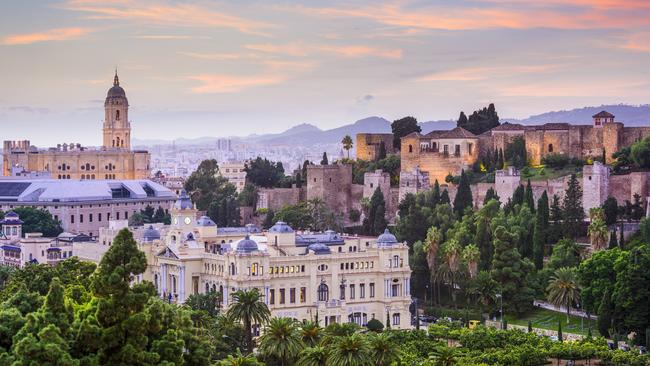
Around the carved Moorish entrance arch at Malaga’s Mercado de Atarazanas, shoppers are busily refuelling on cold cervezas served with tapas of silvery boquerones, the plump anchovies that this historic food market sells in shoals each day. This timeless scene played out in one of Spain’s most ancient cities would certainly have resonated with Malaga’s most famous son, Pablo Picasso, for boquerones was a dish he particularly loved. In fact when his daughter admonished him for eating them whole – head, tail, bones, the lot – he curtly replied, “I am from Malaga, and this is how a Malagueno eats.”

This year marks the 50th anniversary of the artist’s death and I’m in Malaga on a Picasso-themed break organised by Anantara Villa Padierna Palace in nearby Benahavis. Happily, our guided visit also includes the opportunity to eat boquerones like a true Malaguena at cavernous El Pimpi restaurant, part-owned by Malaga’s other celebrity son, the actor and director Antonio Banderas. First stop though, is the Church of Santiago in Calle Granada. Picasso was baptised here in 1881 and despite its wedding-cake stucco decor, the exterior is modest, so it’s easy to miss unless you spot the plaque detailing its link to the artist.
“It’s the locals’ church. Many Malaguenos were baptised here, including my mother and sisters,” guide Maria tells me as I admire the enormous marble font. “For Picasso, it was the church where his uncle was a priest, and that’s why his family chose it.”
Alongside the font, a handwritten document lists Picasso’s excessively lengthy baptismal names – Pablo, Diego, Jose, Francisco de Paul – too many to mention here, and besides it’s time for our next cultural visit, the Museo Picasso Malaga. It is hosting the Echo of Picasso exhibition until the end of March next year. The show examines his influence on other artists during his lifetime and since his death, including Francis Bacon, Jean-Michel Basquiat, Marina Faust and Willem de Kooning. As American artist George Condo, who features in the exhibition, said in 2006: “ For artists living at the same time as Picasso, it must have been a nightmare trying to keep up with a guy like him. Today we have the freedom of distance.”

During our stroll, I take in the city’s good looks. Above the old town, tourists scramble around the Moorish citadel, Alcazaba. Nearby is the bullring where Picasso and his father watched fights, a theme that later appeared in his paintings. Ahead, the pedestrianised alleyways throng with holidaymakers heading for tucked-away tapas bars.
Calm is soon regained at Palacio de Buenavista, its arcaded garden filled with laurels and orange trees. This Renaissance palace houses almost 300 Picasso originals donated by the artist’s daughter-in-law, Christine Ruiz-Picasso. On the ground floor, moody-toned Blue Period paintings mix with joyous depictions of naked bathers. Cubism follows; then classically inspired nudes reimagined in simple brushstrokes. Indeed, it is hard to select a favourite from this gorgeous collection, but standouts include an early portrait of his son Paolo, alongside the famous Bull’s Head bronze, cleverly created from a bicycle handlebar and saddle.

Maria proves an excellent guide. “Act like a child,” she advises. “Forget Picasso the legendary womaniser, and read each work by its individual symbols. He liked to cut away at images to get to the essence of the subject – so it’s a bit like working out a puzzle.”
Our cultural tour finishes at Picasso’s birthplace on Plaza de la Merced. Dazzling blue jacarandas line this breezy cafe-lined square. A bronze statue of the artist conveys him in a thoughtful mood, and on the opposite corner is the green-shuttered apartment where he lived during the first 10 years of his life.
Here, bourgeois salons house displays of his christening gown and toy soldiers. An exquisite oil of Malaga harbour, painted when Picasso was just seven, reveals the artist’s early prowess, while sketchbooks are filled with design ideas for his renowned Desmoiselles d’Avignon.
Later, a 40-minute drive takes us back to Anantara Villa Padierna just outside Marbella. This peaceful five-star hotel run by the luxury Bangkok-based brand offers even more culture: a Picasso-themed dinner and a welcome gift of an artist’s palette rendered in chocolate, with edible daubs of “paint” and a convincing-looking chocolate brush.
I’m in a classic deluxe room decorated in tastefully muted pastels and original prints. It overlooks the property’s three 18-hole golf courses and lake, and in the far distance, I can just glimpse the sea. Named after the owner’s art-loving father-in-law, the Count of Villapadierna (who once seduced Rita Hayworth), this Tuscan-style country palazzo is as much a museum as a hotel, with more than 1200 original artworks.

Moorish fountains surround the cypress-flanked main pool; Grecian urns, frescoes and marble busts adorn the public areas, along with impressive 19th-century paintings by Malagueno artists. In addition, there’s a small gallery showcasing contemporary art.
Opened in 2003, the hotel has had its fair share of celebrity guests, including Michelle Obama. Golf is a big drawcard alongside Villa Padierna’s secluded location, but the spacious Roman-themed Thermae spa and excellent restaurants also attract an international following. My companion and I have a Dine by Design Picasso-themed dinner, and though you might expect an amusing mishmash of splashily coloured food and deconstructed dishes, it’s a well-executed menu based on the artist’s favourite recipes.
We kick off with delicious clams in a garlicky broth. Next up is the traditional Malaguenos soup, Ajoblanco de Almendras, which is effectively a white gazpacho made from pureed bread and almonds. Tasty tuna with onion follows, and we finish with an almond pastry.
Wines from the Serrania de Ronda and Axarquia region of Malaga accompany each dish, including a memorable tawny wine. Sadly, there are no boquerones but dishes zing with flavour. Colour too, in an easy-on-the-eye way that would have whet the artist’s appetite.
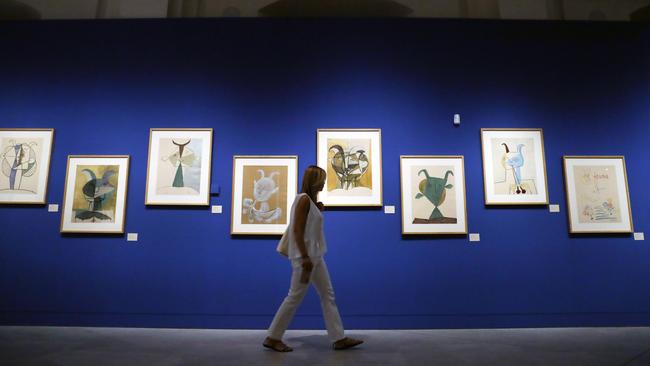
Other European museums putting Picasso in the picture
Picasso and Miro in Barcelona
Picasso spent his teens in Barcelona and at just 13 years old, joined an advanced class at the art school where his father taught. Today, the Museu Picasso has more than 4000 works from his formative years and occupies five large palaces on Carrer Montcada. This year it’s joining with the Fundacion Joan Miro in a show focusing on the artists’ friendship and creative divergences. Jump the museum queues as part of a guided Picasso Walking Tour, during which you’ll hear stories of his youth, visit his art school, Escola de Llotja, and see where he partied with friends at the Quatre Gats, a beer hall and cabaret that staged his first exhibition. Then follow a breezy stroll along Carrer d’Avinyo, where Picasso found inspiration for his influential painting, Les Demoiselles d’Avignon.
Miro-Picasso, October 19-February 25, 2024
Picasso Walking Tour with admission to Museu Picasso, from $58 a person.

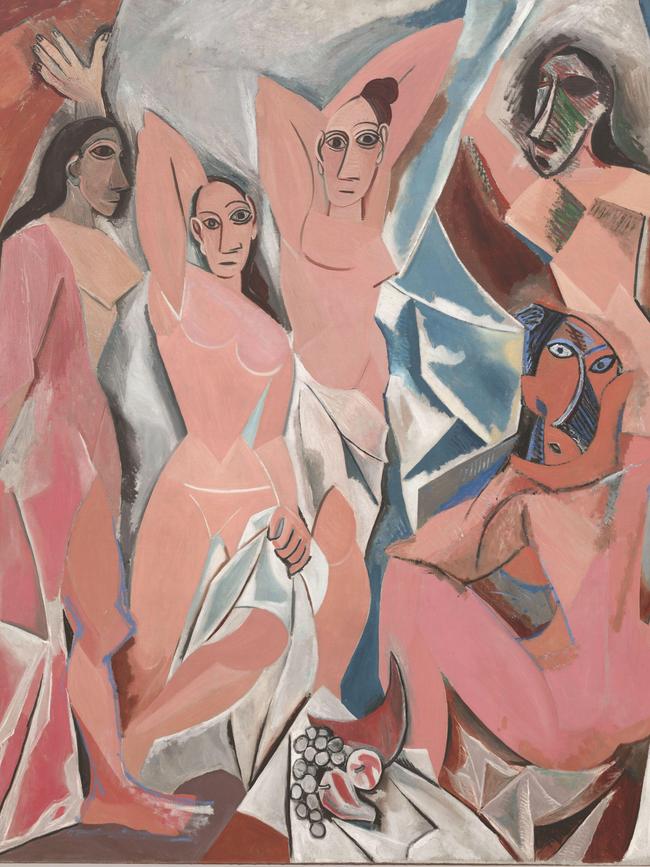
Beyond Barcelona
Picasso painted an enormous number of landscapes including The Reservoir and Horta de Ebro, which focused on his love affair with Catalonia. Having followed in his Barcelona footsteps, visit Horta de Sant Joan, a small hilltop village about 200km from the city where Picasso regularly found solace and inspiration for his proto-Cubist style. He said of the place: “Everything I know I learnt in Horta.” Don’t miss the Picasso Centre, displaying all the works he created during his visits here, then tour the village’s attractive historic heart, featuring buildings such as Tafetans Farmhouse, the Plaza de Missa and the San Salvador convent, which appear in his work.
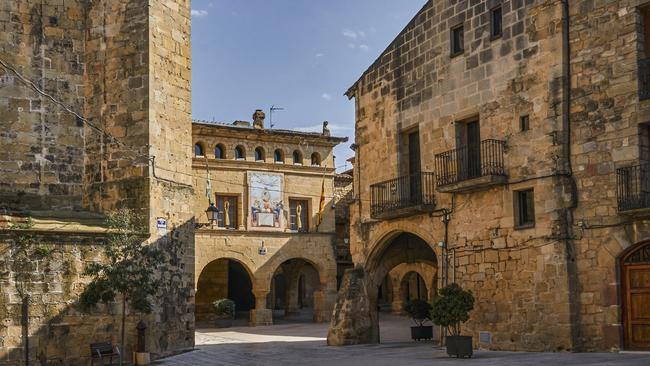
Maturity in Madrid
The artist lived in Madrid while studying at the Fine Arts Academy, and often spent time at the Prado, copying works by Velasquez, Goya, El Greco and Titian. This year, the Museo Nacional Thyssen-Bornemisza juxtaposes works by Picasso with those of the Old Masters he particularly admired. Picasso: The Sacred and the Profane focuses on themes of passion and violence, domestic subjects and portraiture, and highlights the artist’s inventive spirit. Afterwards, head to the Museo Reina Sofia (home to Picasso’s colossal Guernica painting), where an exhibition of drawings and sketchbooks focuses on Picasso’s 1906 summer in the Spanish Pyrenean village of Gosol, spawning his luminous Rose Period.
Picasso: The Sacred and the Profane, until January 14.
Picasso 1906: The great transformation, November 14-March 4, 2024.
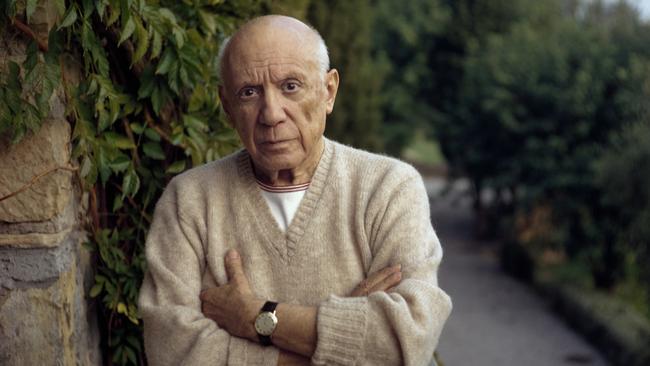
Later years in Antibes
Austere-looking Chateau Grimaldi flanks the ramparts of Antibes and enjoys stunning views over the Cape and down to the dazzling Mediterranean. Built in the late 14th century for Antibes’ feudal lords, Picasso lived here for six months in 1946, creating a studio on its upper floor. Antibes appealed as a stable alternative to the hotspots of the Cote d’Azur and at age 60, Picasso was at his creative peak. The castle eventually became the Antibes Picasso Museum, home to numerous bequeathed drawings, paintings and ceramics. Follow with a visit to nearby Vallauris, a small coastal town renowned for its pottery where Picasso lived with Francoise Gilot and their two children until 1955. The Magnelli Museum here focuses on Picasso’s prolific work in ceramics.
The Ceramic Creation of Picasso at Vallauris ends October 30.
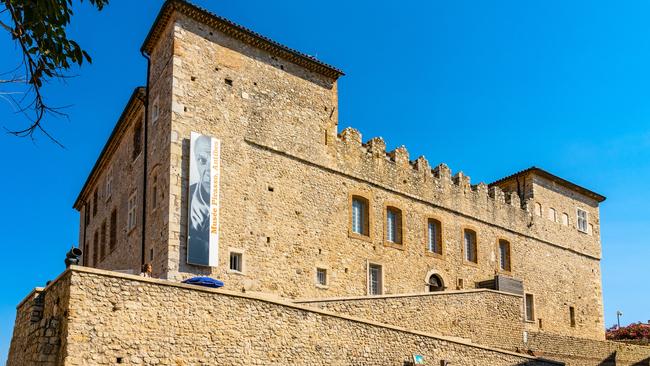
Picasso’s sculpture at Bilbao
Often overshadowed by his paintings, sculpture
was hugely important to Picasso, and his output in this sphere had a big impact on subsequent artists. After a four-month stint at Malaga’s Museo Picasso, the Matter and Body exhibition has moved to the Guggenheim Museum in Bilbao. Enjoy Picasso’s myriad inventions and also the unusual materials he used to interpret the human form. Although he often worked in bronze, he liked to challenge traditional representations of the body through unorthodox techniques: sheet metal, welded iron, cut paper and wood were often used, and for him, the void became as important as the mass in the finished works.
Picasso Sculptor: Matter and Body, until January 14.
In the know
Anantara Villa Padierna Palace has a two-night Palatial Stay Inspired by Picasso; from €1165 ($1930) for two, including breakfast, Picasso-themed welcome amenities, roundtrip airport transfers, a 60-minute massage and spa access for two, the Picasso-inspired Dining by Design dinner and a guided tour of Picasso’s Malaga.
The Echo of Picasso at the Museo Picasso Malaga runs until March 31, 2024.
Louise Roddon was a guest of Anantara Villa Padierna Palace.


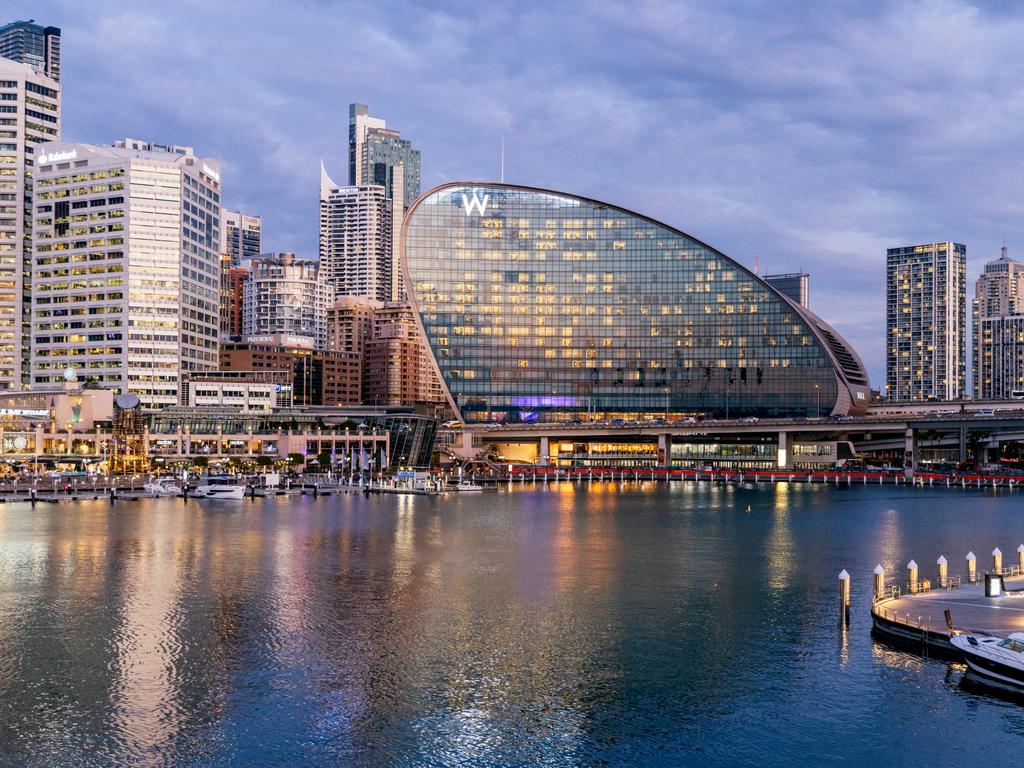


To join the conversation, please log in. Don't have an account? Register
Join the conversation, you are commenting as Logout